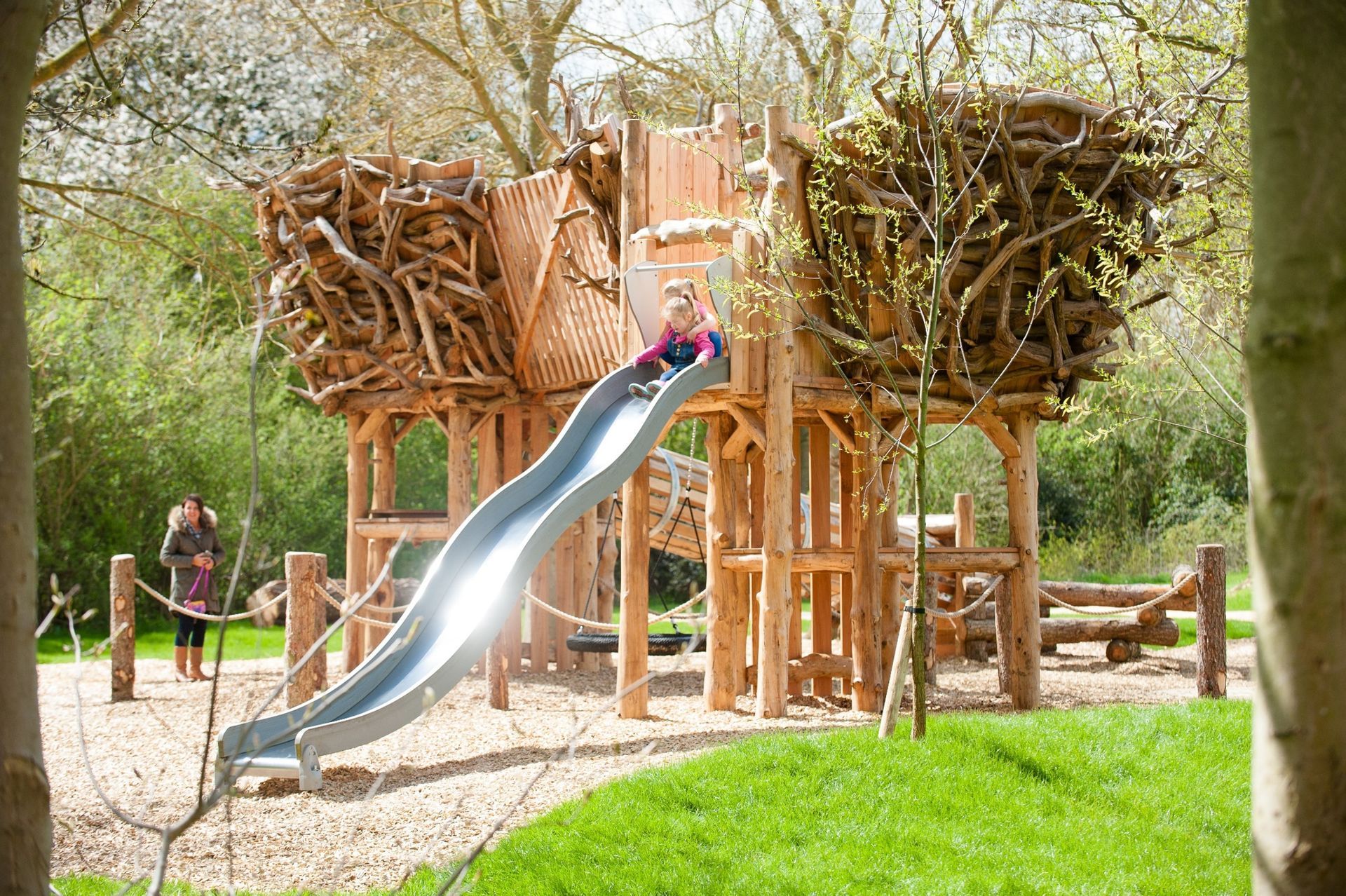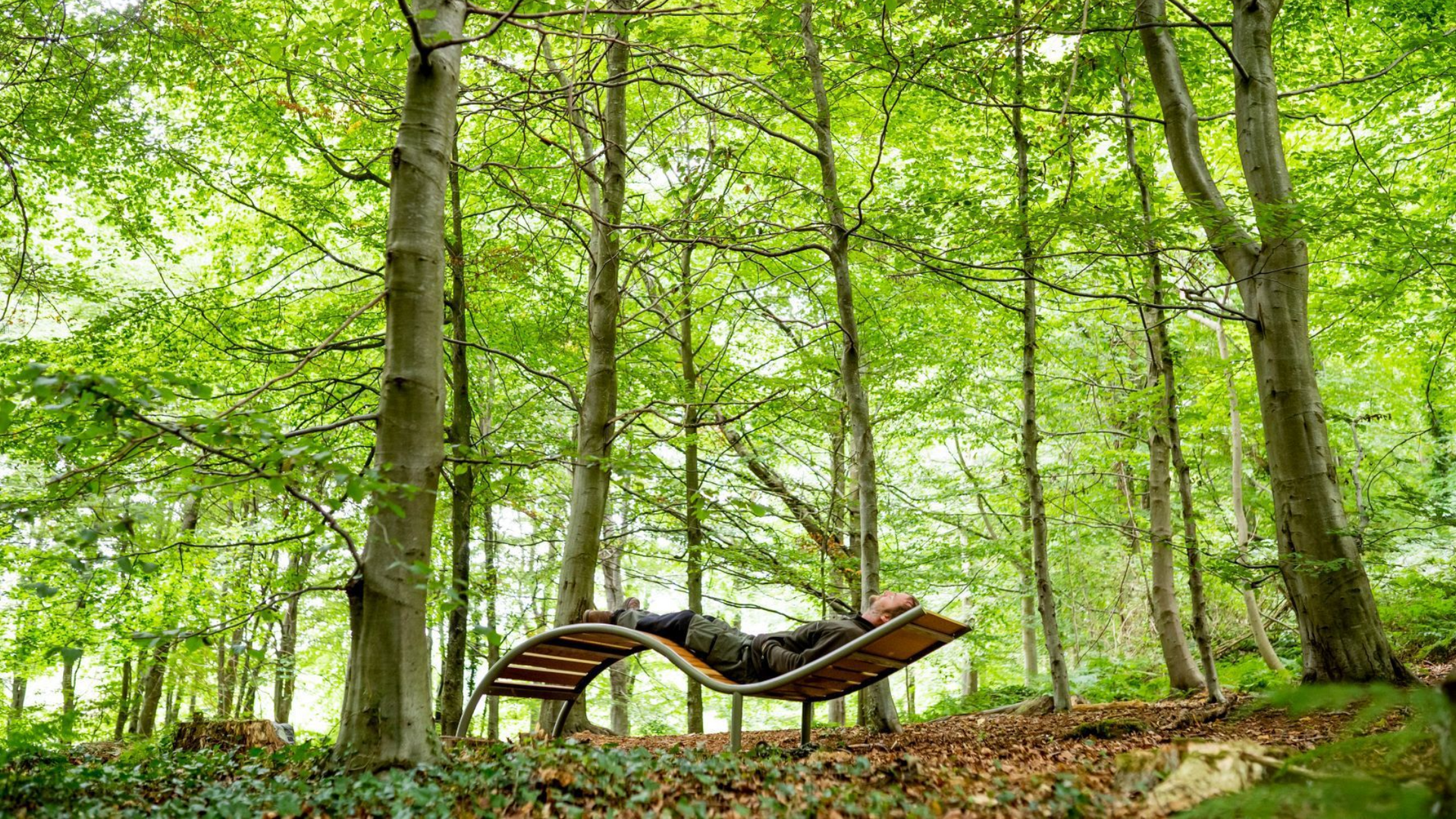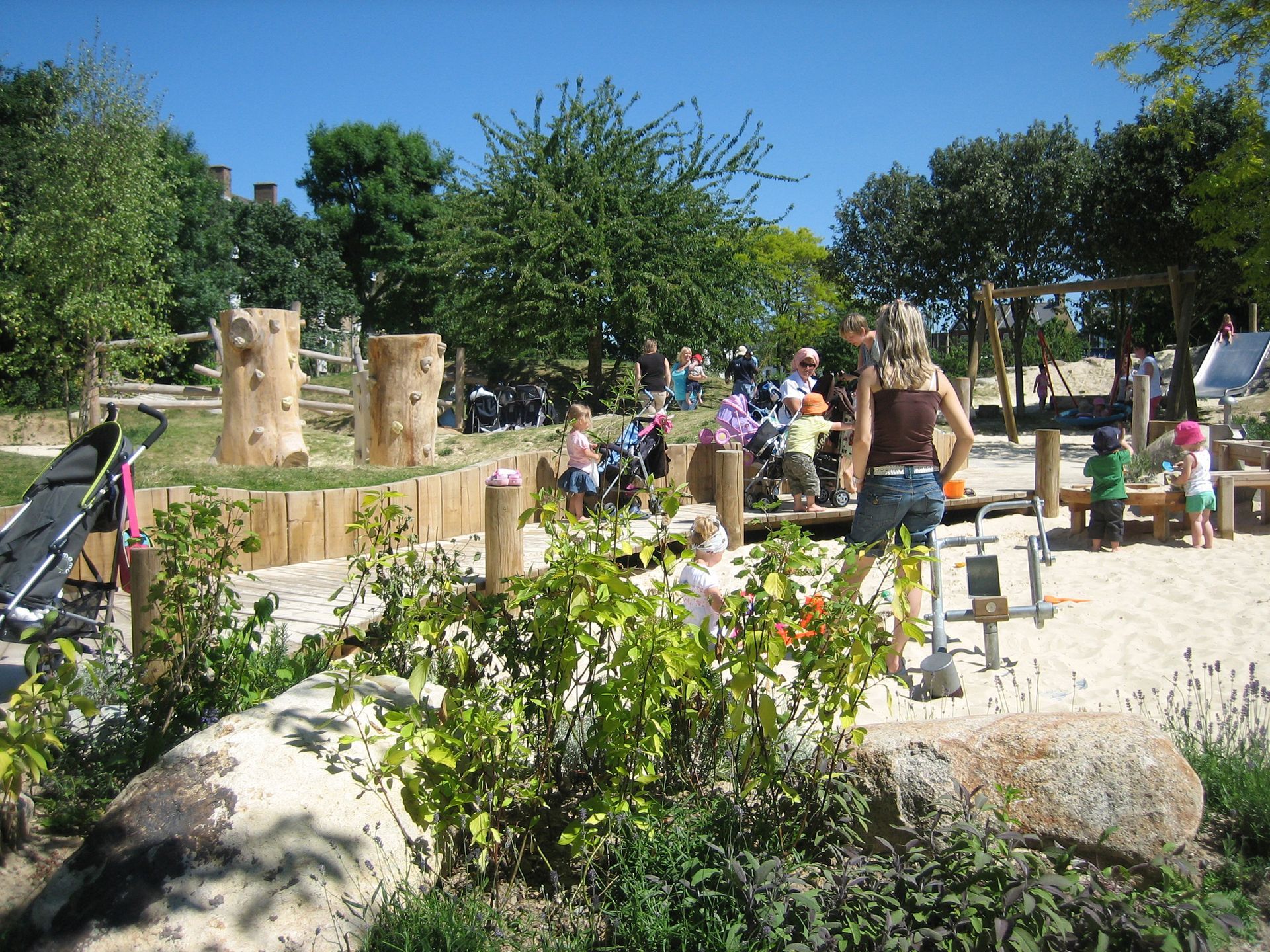Davies White were this years key note speakers - Future of Children’s Spaces
Davies White spoke at the ‘Shade the UK Conference’ – Shaping the Future of Children’s Spaces

Davies White Ltd Directors Andrée Davies and Adam White were key note speakers at this years Shade the UK conference, hosted in partnership with the Built Environment Trust, on Wednesday, 2 April 2025. The free, one-day event brought together experts to discuss a critical issue: children’s health and wellbeing in a changing climate.
Why This Matters
Shaded, climate-resilient outdoor spaces are essential for children’s play, social interaction, and wellbeing. Our award-winning projects, including Crow Wood Playscape and the Caudwell Children’s Wild Garden, integrate shade, water play, and nature to create safer environments.
However, across the UK, many playgrounds, schoolyards, and public spaces become dangerously hot in summer. Unshaded play equipment can reach 50°C on a 30°C day—hot enough to cause burns. With one in eight UK children lacking gardens or balconies at home, they rely on public spaces to play. These must be safe and accessible.
The Bigger Picture
A Mayor of London study found 93% of schools struggle with overheating, affecting learning and wellbeing. In summer 2022, heatwaves closed schools for 33 days, causing 22,000 lost learning days. Schools and playgrounds must be designed to withstand rising temperatures using shade, smart planting, and cooling features.
What did delegates experience:
• Expert Presentations & Panels on Play, Education, Health, and Sustainable Design.
• Facilitated Discussions & Networking to explore practical solutions.
Our Commitment
By the end of the conference a clear set of actions were established and then circulated to the delegates all aiming to keep children’s spaces cool, safe, and climate-resilient.
This event was part of the ‘Shade the UK’ exhibition and took place (20 March – 24 April 2025) at the Building Centre.
More info: Building Centre Conference Info






